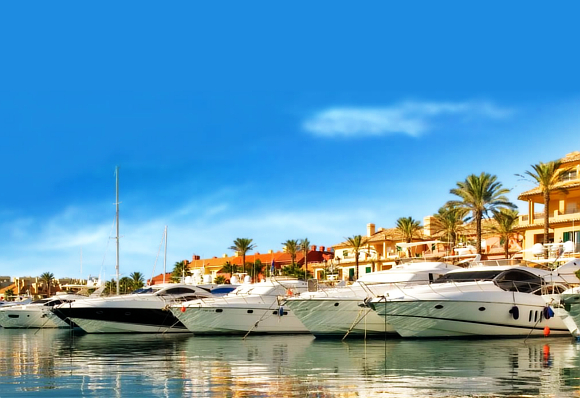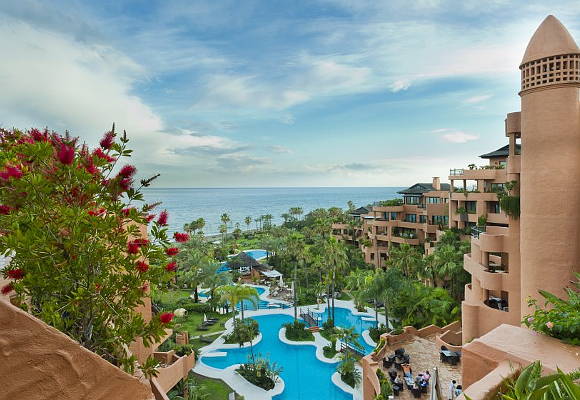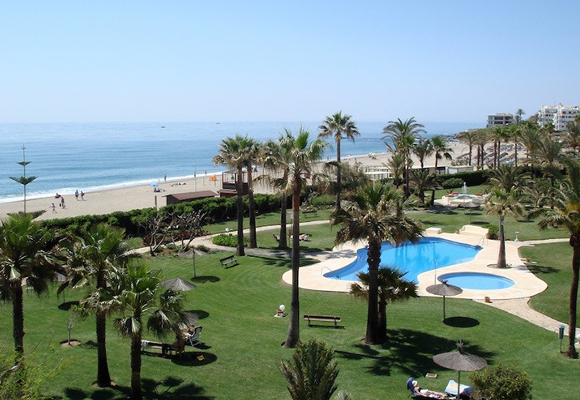Time to invest in Spanish property
Jim Mellon told the Daily Telegraph that the current imbalance between the euro and sterling is unlikely to continue for much longer, meaning that now is the time to act for Brits armed with pounds…

Multimillionaire investor and entrepreneur Jim Mellon – who made a series of profitable investments in the 1990′s and has recently championed the cause of the growing biotech industry – has urged Britons that now is the time to buy a property in Spain. Mellon told the Daily Telegraph that the current imbalance between the euro and sterling is unlikely to continue for much longer, meaning that now is the time to act for Brits armed with pounds…
These warnings come on the back of the news that Spain’s Banco Popular has brought back the controversial 110 per cent mortgage in an effort to shift some of the thousands of unsold and unwanted properties on their books. In the UK, the trend in lending has been to steer clear of those now-notorious zero-deposit, 100 per cent-plus mortgages following the financial crash of 2008.

However, Banco Popular has begun marketing such mortgages, complete with a cashback sweetener up to 13 per cent of the property’s value. The excess cash is intended to help cover the legal and completion costs inherent to Spain, and maybe help with furnishing any new place.
The 110 per cent mortgage was a popular lending tool around a decade ago, and did bring some financial success to savvy investors who bought a fully financed property and were able to make a short-term profit. But in a slower, more sedate and sensible market – such as Spain’s right now – such mortgages risk leaving investors mired in negative equity, whereby they owe more than their property is worth, and possibly always will.

In comparison, most mortgage lenders in Spain require a minimum deposit of 30 per cent, and will charge interest rates some two per cent above the European interbank rate ‘Euribor’. The catch, however, is that would-be buyers can only choose properties from a narrow selection of homes currently on the bank’s books – largely those properties that were repossessed during the crisis years.
“The bank wants to get rid of these properties,” a mortgage broker told Telegraph Money. “It lent aggressively to developers before 2007, but when the credit crunch hit their developments didn’t sell. And when their valuations dropped, these properties ended up having mortgages higher than their value.”

Another broker remarked: “I would question why 110 per cent mortgages are being offered on these properties. Why has the property been repossessed? Is it because the original owner had personal cash-flow problems, or is it that the property is situated in a poor location and therefore could not attract the potential renters?”
It is a good point, and should serve as a reminder that the most desirable places to live and buy in Spain are rarely absolute bargains, but fair-priced corners of the Costa del Sol where there is a stable balance between supply and demand, which is reflected in the property prices.
